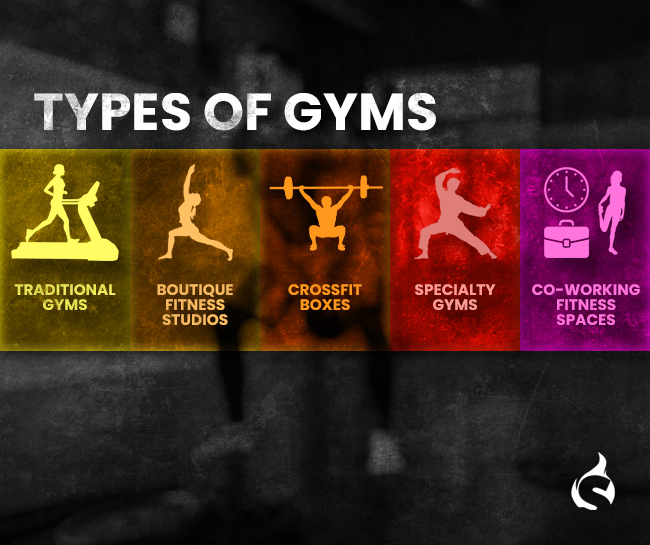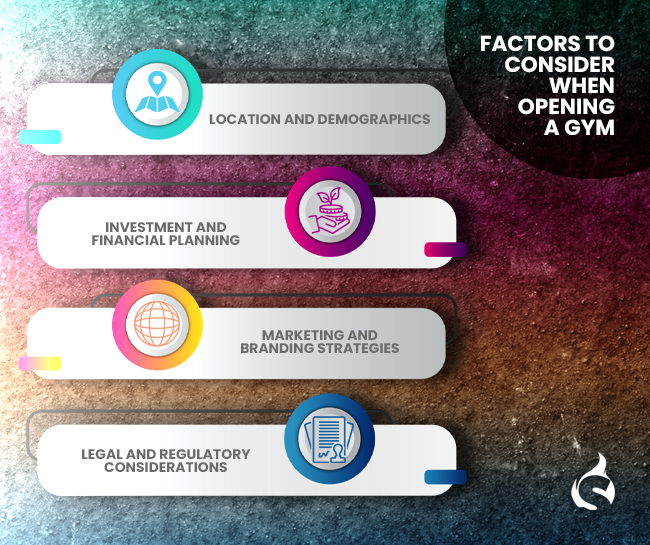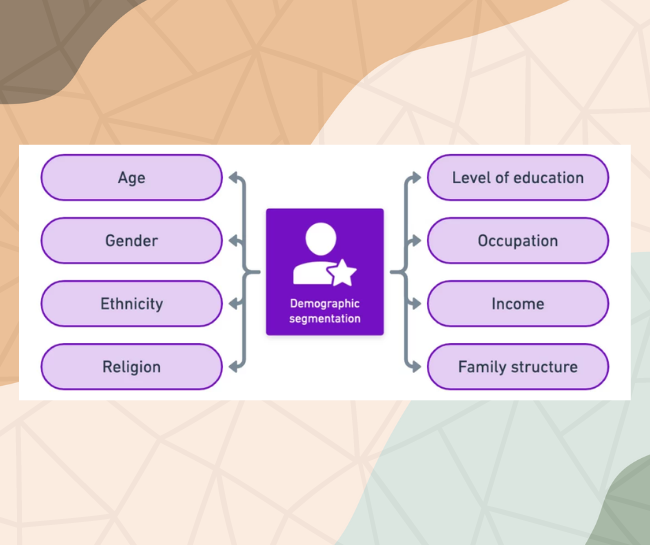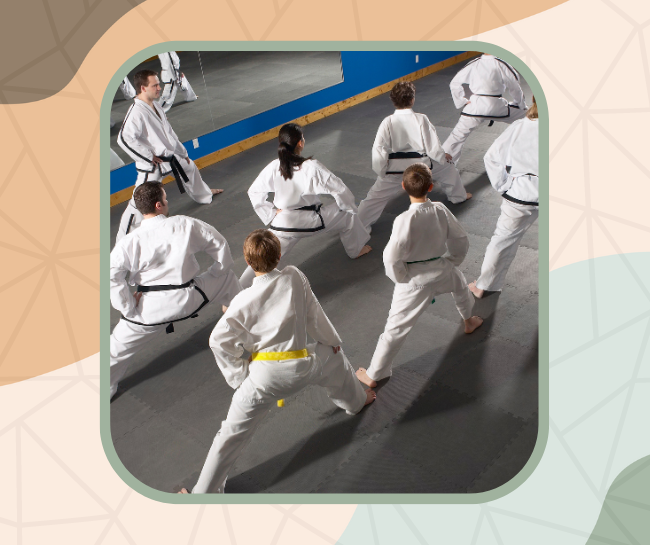
The fitness industry is booming, with more individuals than ever before dedicating themselves to healthier lifestyles. This surge in health consciousness has created a lucrative opportunity for aspiring gym owners. However, the key to capitalizing on this opportunity lies in selecting the right type of gym to open. The fitness market is diverse, and understanding the nuances of different gym models can significantly impact the success of your venture. This guide is designed to navigate you through the various options, helping you make an informed decision that aligns with your business goals and meets the needs of your target audience.
Types of Gyms

Start your gym adventure by exploring different gym types, helping you find the perfect fit for what you love and what your future members will enjoy.
Traditional Gyms
Traditional gyms are the backbone of the fitness industry, offering a wide range of equipment for cardiovascular and strength training, alongside amenities such as locker rooms and personal training services. These gyms cater to a broad audience, from beginners to seasoned athletes. The investment in a traditional gym can be significant due to the need for extensive equipment and space. However, the wide appeal can lead to a steady stream of members, making it a potentially lucrative model.
Boutique Fitness Studios
Boutique fitness studios focus on specialized classes such as spin, Pilates, barre, or yoga, providing a more intimate setting and personalized experience. These studios emphasize ambiance, customer experience, and community, appealing to those seeking a more focused and social workout environment. The investment required can be lower than traditional gyms due to the smaller space and less equipment needed, but offering high-quality, unique experiences is key to attracting and retaining clients.
CrossFit Boxes
CrossFit boxes are known for their strong community aspect and high-intensity functional training. These gyms require certified instructors and specific equipment for CrossFit workouts. The community and camaraderie among members are significant drawcards, often leading to high member retention rates. While the initial investment might be moderate, the focus on certification and community building is crucial for success.
Specialty Gyms (e.g., Climbing, Yoga, Martial Arts)
Specialty gyms cater to niche interests, offering facilities and equipment tailored to activities like climbing, yoga, or martial arts. These gyms attract enthusiasts passionate about their specific interest, providing a dedicated space for practice and advancement. Investment varies based on the niche, with considerations for specialized equipment and space requirements. Offering expert instruction and fostering a community around the activity can enhance member loyalty.
Co-Working Fitness Spaces
Combining fitness with co-working, these spaces cater to entrepreneurs and freelancers seeking a balanced lifestyle. These facilities offer the unique benefit of a workspace integrated with fitness options, promoting wellness and productivity. The investment depends on the scale of the fitness offerings and the workspace amenities. This model appeals to a growing segment of the workforce looking for flexibility and a health-conscious community.
💡 Understanding the different types of gyms allows you to make informed decisions that will ultimately contribute to the success of your gym venture and the satisfaction of your future members.
Factors to Consider When Opening a Gym

Opening a gym involves more than just passion for fitness. It’s crucial to weigh several factors carefully to ensure your venture not only starts strong but thrives in the competitive fitness industry.
Location and Demographics
Choosing the right location is critical, with demographics playing a significant role in determining the success of your gym. Research the local population, including age, income levels, and interests, to ensure alignment with your gym type. Proximity to residential areas, accessibility, and visibility can also influence member acquisition and retention.
Investment and Financial Planning
Understanding the financial commitment required for different types of gyms is essential. Traditional gyms may require a larger upfront investment, while boutique studios can often be started with less capital. Developing a solid business plan that includes startup costs, operating expenses, and revenue projections is crucial for financial sustainability.
Marketing and Branding Strategies
Effective marketing and branding are vital for differentiating your gym in a competitive market. Develop a strong brand identity that resonates with your target audience and utilize digital marketing strategies, including social media, to reach potential members. Personalizing the customer experience and leveraging word-of-mouth through satisfied members can be powerful marketing tools.
Legal and Regulatory Considerations
Navigating the legal and regulatory landscape is a must for gym owners. This includes obtaining the necessary permits and licenses, adhering to health and safety regulations, and ensuring proper insurance coverage. Staying compliant not only protects your business but also builds trust with your members.
💡 Considering these factors can help you make informed decisions and increase their chances of success in a competitive industry.
Opening a gym is a promising venture for fitness enthusiasts and entrepreneurs alike. By carefully considering the type of gym that aligns with your business goals and the needs of your target audience, you can set the foundation for a successful fitness business. Remember, success in the fitness industry is not just about the physical space you create but the community and experiences you foster within it. We encourage you to explore these options thoughtfully and embark on the exciting journey of opening your dream gym.
Ready to take the next step in managing your gym? Spark Membership offers intuitive tools to streamline operations, engage members, and grow your business. Try Spark Membership now and unlock the full potential of your fitness venture!





